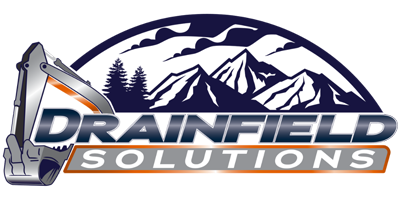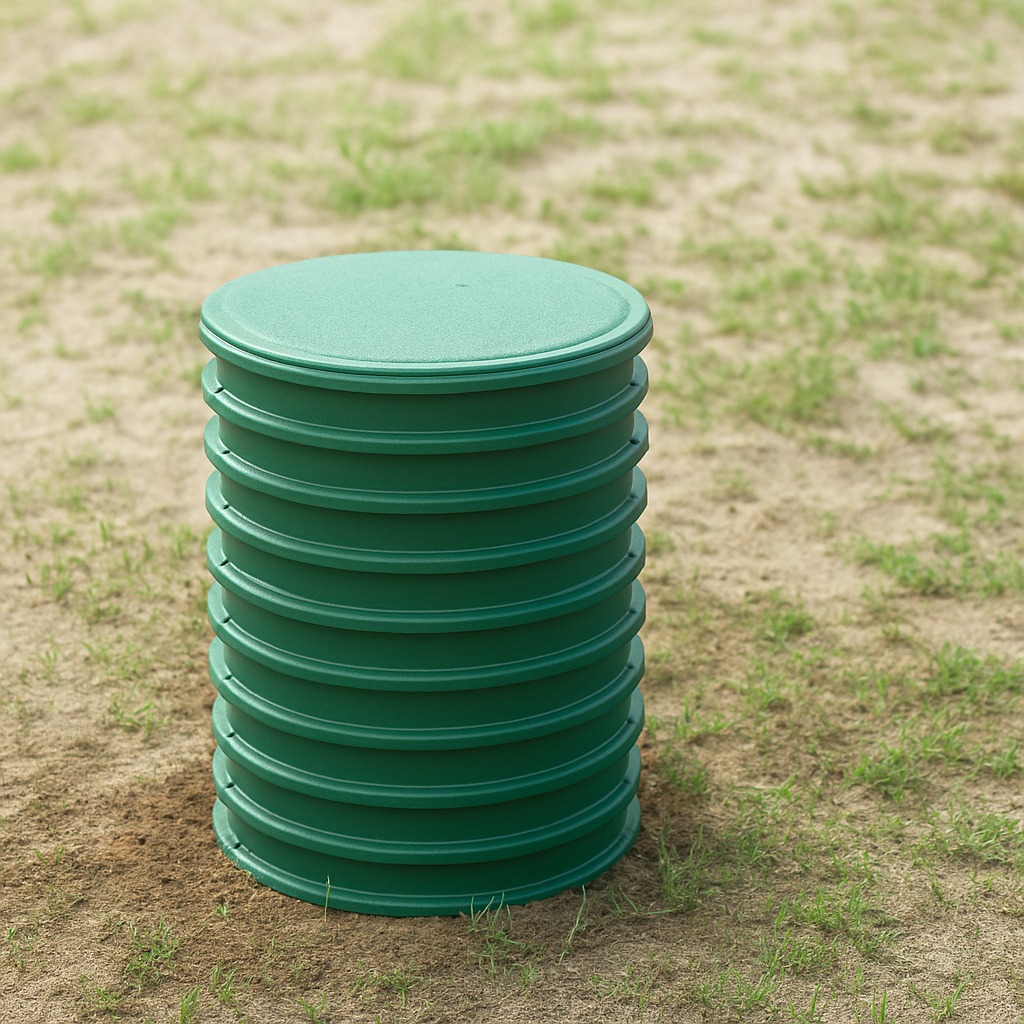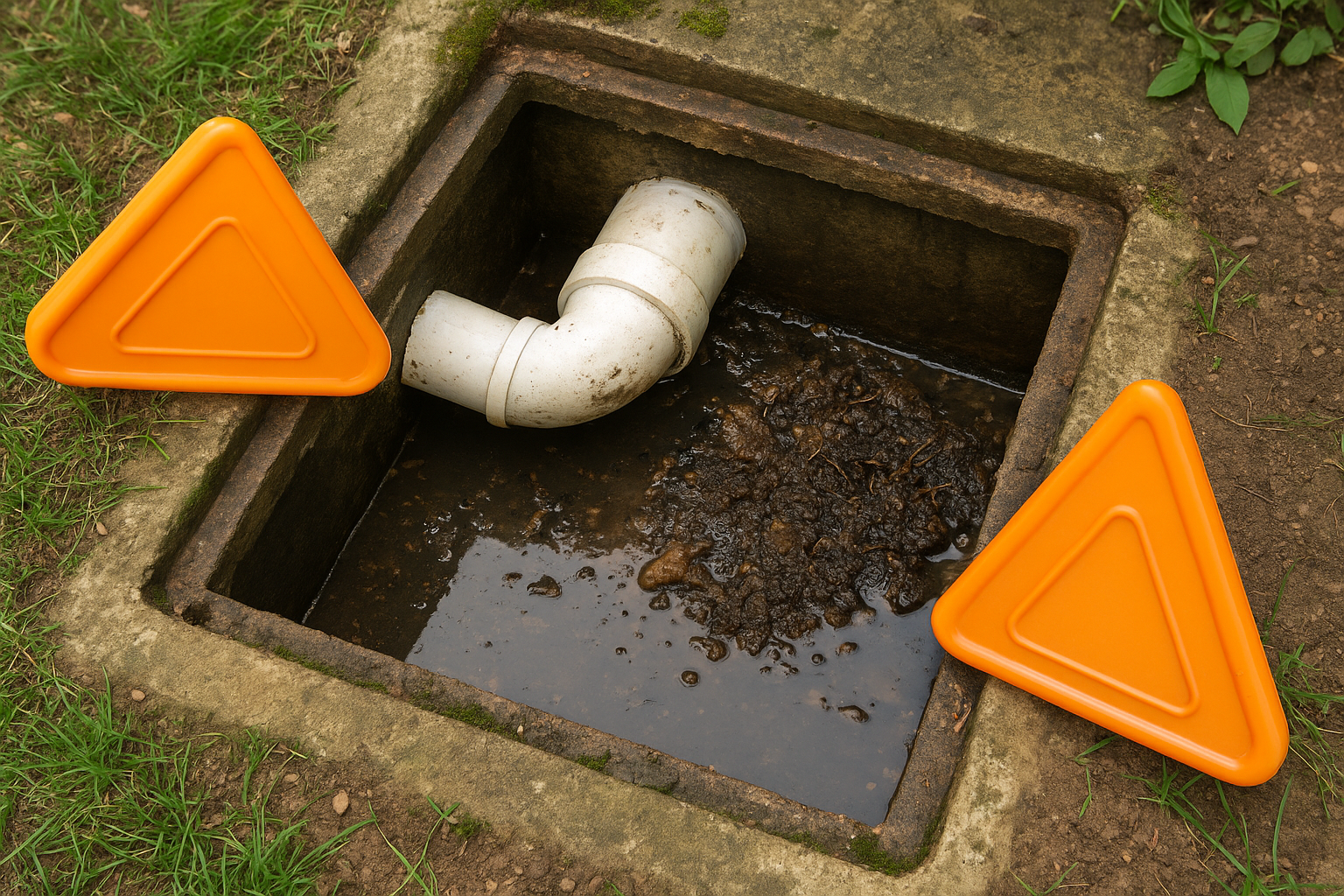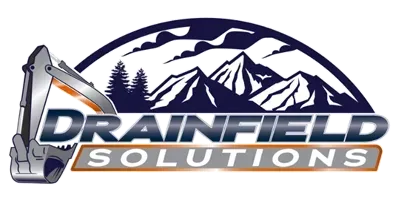
5 Common Types of Septic Systems & How Long They Last
March 8, 2025
If your home isn’t connected to a municipal sewer line, your septic system isn’t just a convenience—it’s essential. But did you know there’s more than one kind of septic system? Choosing the right one impacts not only how efficiently it treats wastewater but also how long it lasts and how much maintenance it requires.
At Drainfield Solutions, we’ve been serving Central Virginia homeowners since 2005, installing, maintaining, and replacing septic systems with care and precision. Whether you’re planning a new installation or hoping to extend the life of your current setup, understanding the types of septic systems—and how long each typically lasts—is the first step to making informed decisions.
Let’s dig into the five main types of septic systems, how they work, what conditions they’re best suited for, and what kind of lifespan you can expect.
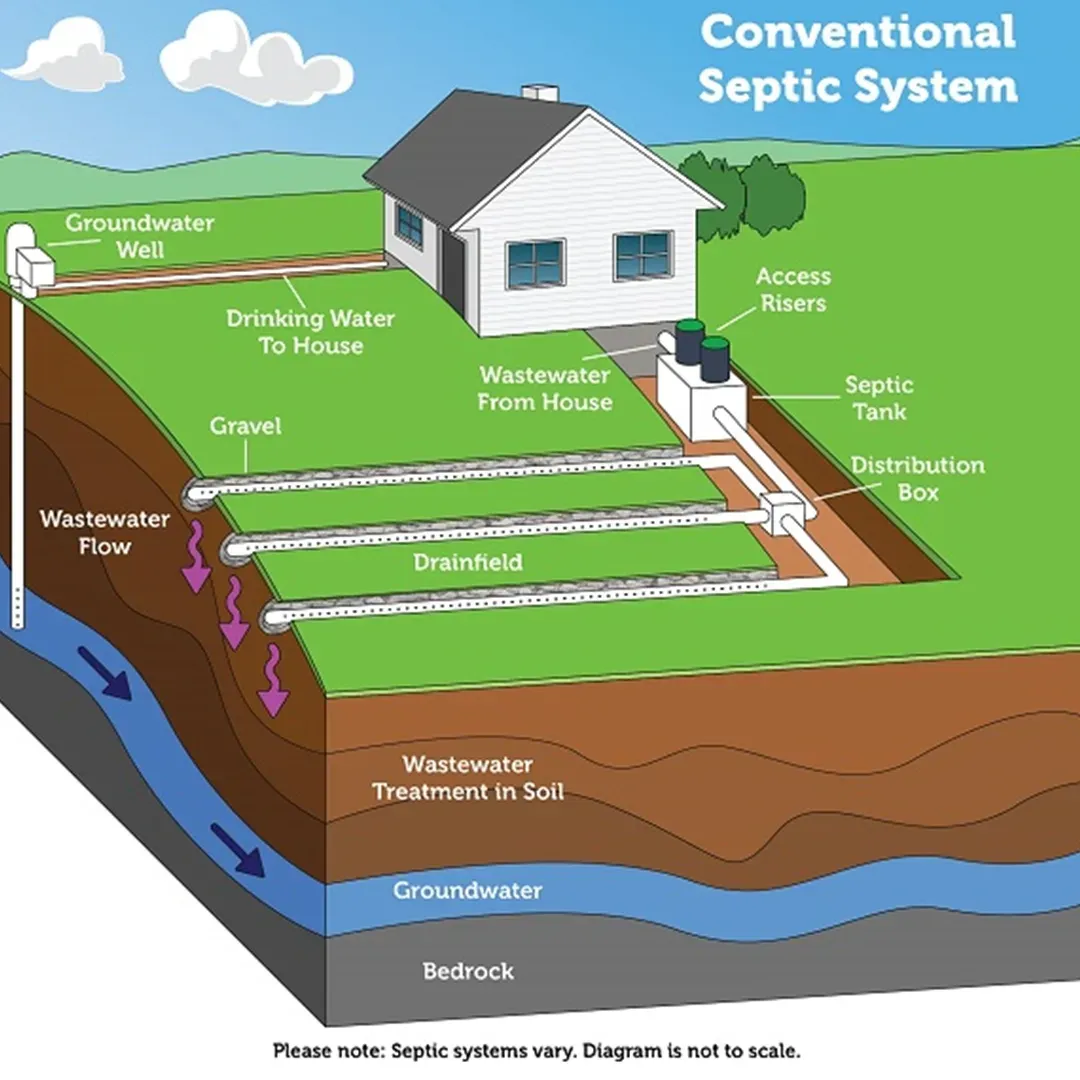
1. Conventional Septic System
This is the go-to system for most properties with suitable soil and space. It includes a septic tank and a gravel-filled drainfield. Wastewater from your home flows into the tank, where solids settle to the bottom and lighter materials float. The liquid (effluent) then flows out to the drainfield, where it’s filtered naturally by the soil.
- Lifespan: 20–40 years with proper care
- Best for: Properties with ample yard space and well-draining soil
- Maintenance Tip: Schedule regular pumping every 3–5 years to keep solids from clogging the drainfield.
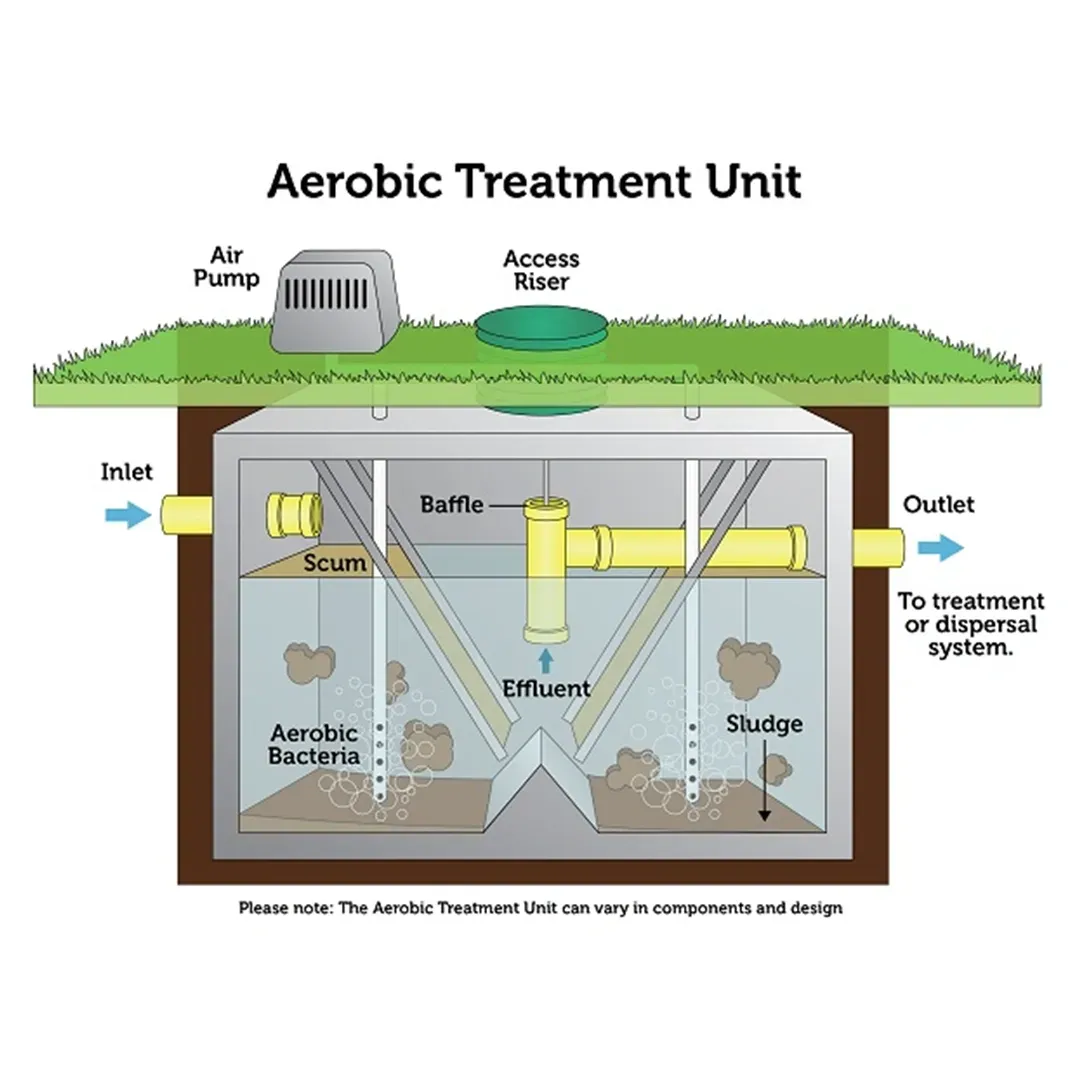
2. Aerobic Septic System
Aerobic systems are like mini wastewater treatment plants for your home. By injecting oxygen into the tank, these systems encourage bacteria to break down waste faster and more completely than conventional systems.
- Lifespan: 20–40 years
- Best for: Properties with poor soil absorption or high groundwater
- Maintenance Needs: Regular inspections, aerator checks, and frequent servicing are essential to prevent malfunctions.
- Extra Note: These systems are often required by local health departments in sensitive areas like Stafford, King George, or Richmond City.
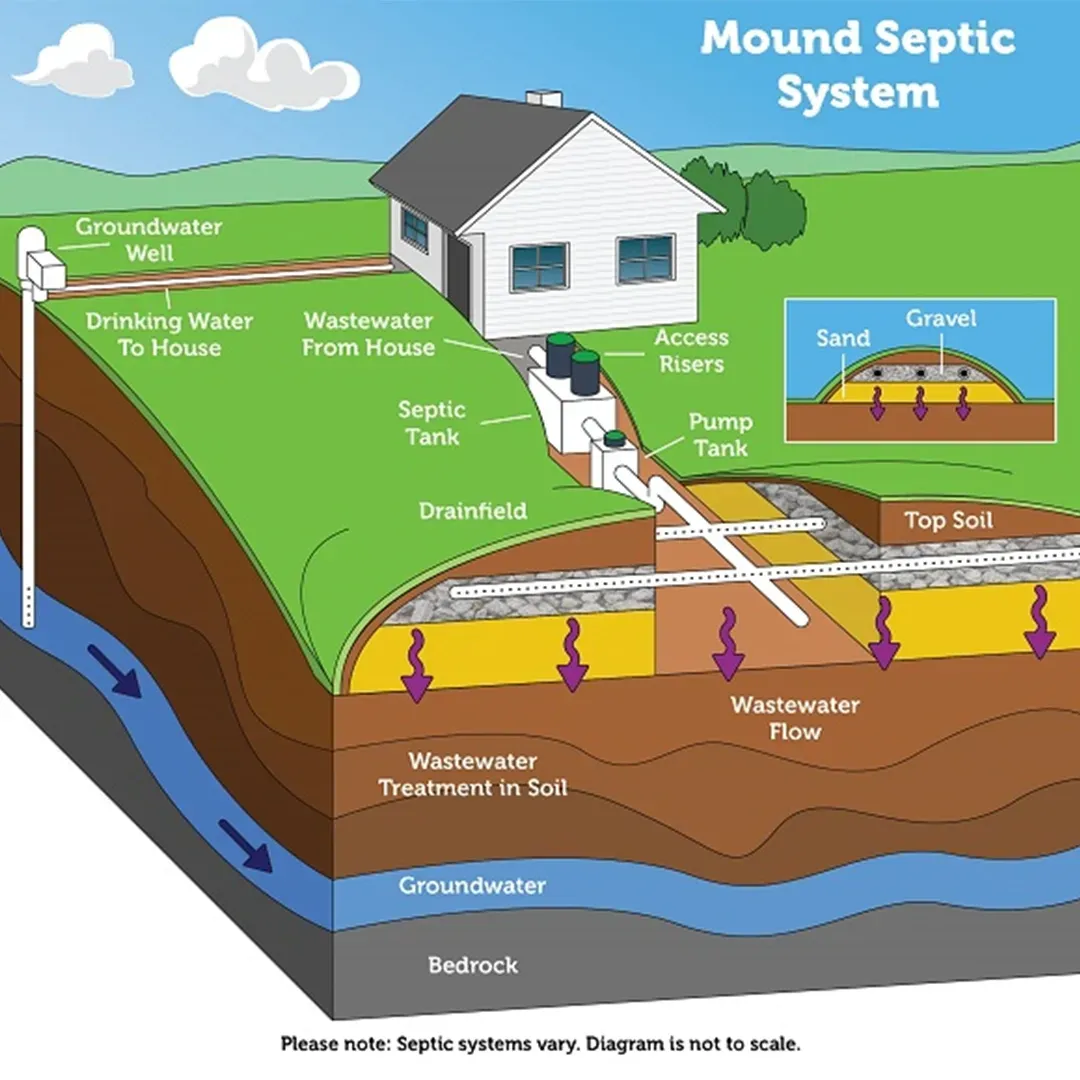
3. Mound Septic System
In areas where the soil is too shallow or dense for traditional drainfields, mound systems provide a solution. Wastewater is pumped into a raised sand mound, where it slowly percolates through the soil.
- Lifespan: 20–30 years
- Best for: Areas with shallow bedrock, clay soil, or a high-water table
- Maintenance Needs: Regular inspections and timely pumping to prevent system overload.
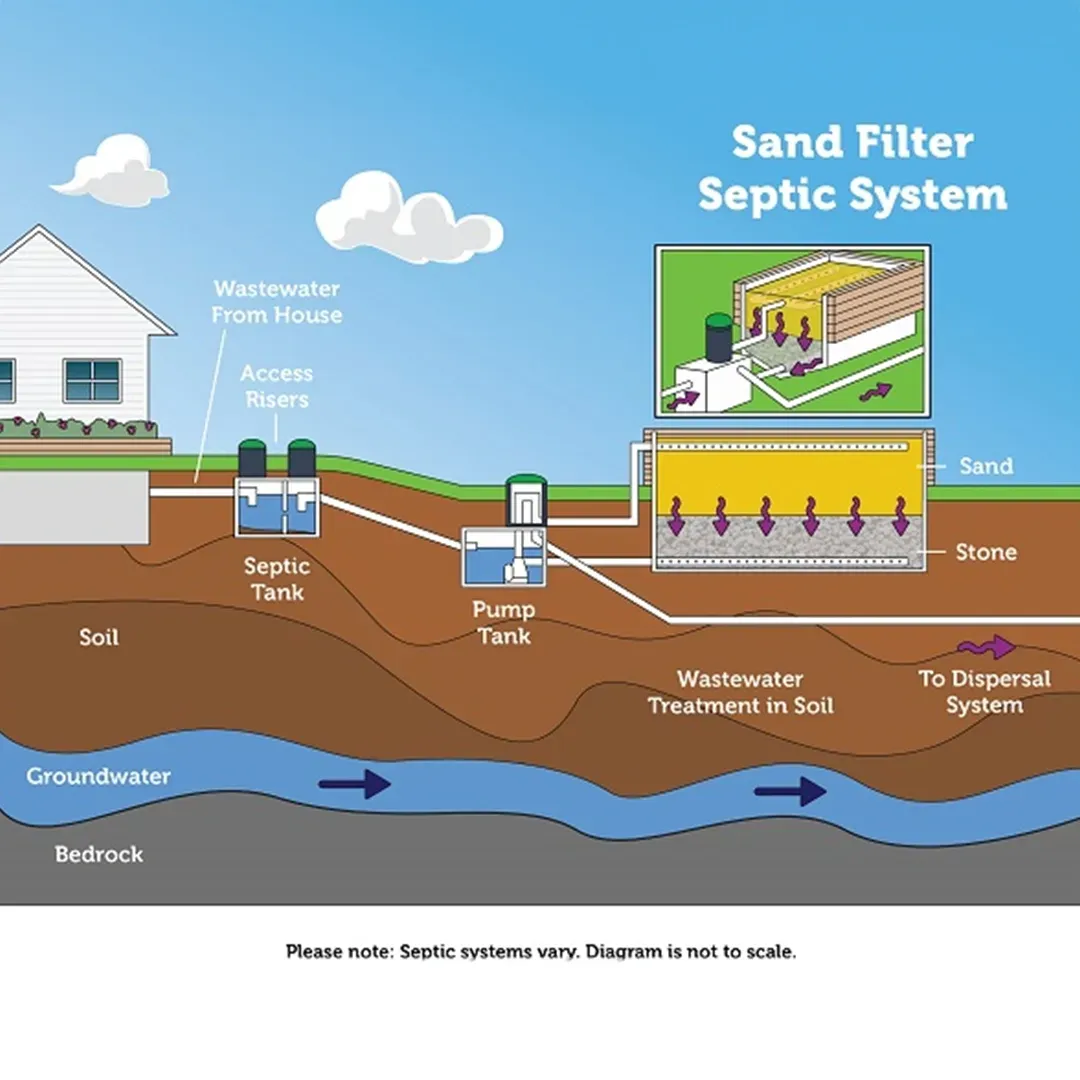
4. Sand Filter System
A sand filter system adds another layer of treatment by routing effluent through a sand bed before it reaches the drainfield. This system is ideal when natural soil is unsuitable for filtering wastewater effectively.
- Lifespan: 20–30 years
- Best for: Properties in Dahlgren, Mineral, or other regions with dense or rocky soil
- Maintenance Needs: Occasional sand replacement and routine filter inspections.

5. Drip Distribution System
Instead of sending effluent into a gravel trench, this system uses tubing with drip emitters to distribute wastewater slowly and evenly throughout the soil. It typically includes an aerobic pre-treatment tank and may require advanced filtration.
- Lifespan: 25–40 years
- Best for: Clay-heavy soil, sloped yards, or tight spaces like those found in suburban areas such as Fredericksburg or Mechanicsville
- Maintenance Needs: Routine filter cleaning and pump system checks.
👉Learn more about types of septic systems 🔗here.
✅ Need help choosing the right system? Whether you’re building a home in Bowling Green, upgrading an old system in Falmouth, or buying a property that needs septic evaluation, our experts at Drainfield Solutions can assess your needs and recommend the best solution.
What Affects the Lifespan of a Septic System?
While the type of system you have sets the general lifespan range, your septic system’s actual longevity depends heavily on maintenance, usage, and environmental conditions. Here are the main factors that influence how long your system will last:
1. Quality of Installation
A properly installed septic system is more likely to reach or exceed its expected lifespan. This includes correct tank placement, soil evaluation, and drainfield construction. That’s why choosing a licensed, experienced contractor like Drainfield Solutions is critical.
2. Soil Conditions
Soil that drains too slowly (like clay) or too quickly (like sand) can either flood the system or allow wastewater to pass through without proper treatment. Areas in Caroline County or Louisa County, for example, often require advanced systems like drip or mound setups.
3. Water Usage Habits
The more water you push through the system, the harder it has to work. Leaky toilets, oversized loads of laundry, or excessive dishwasher use can overburden even a healthy septic tank. A good rule of thumb? Spread water use throughout the day and week.
4. Neglect and Misuse
Flushing anything other than human waste and toilet paper? Pouring grease down the drain? Skipping regular pumping appointments? These are fast tracks to system failure. Regular maintenance can turn a 20-year system into a 40-year one.
How Do You Know When Your Septic System Needs to Be Replaced?
Unfortunately, septic systems don’t last forever. And while some signs of failure are obvious, others creep up gradually. Here’s what to watch for:
🔴 1. Soggy or Smelly Yard
If your drainfield starts to smell like sewage or your lawn is mysteriously wet even when it hasn’t rained, the system may be overloaded or leaking.
🔴 2. Frequent Backups
Slow drains, gurgling toilets, or raw sewage backing up into your home aren’t just unpleasant—they’re serious red flags. Don’t wait. Call a professional immediately.
🔴 3. High Nitrate Levels in Well Water
If you use a well and notice elevated nitrate levels, it could mean your septic system is leaking untreated waste into the groundwater.
🔴 4. Aging System
If your septic system is more than 25–30 years old, it's living on borrowed time—even if it seems fine. A preemptive inspection can save you from costly emergencies down the line.
When to Repair vs. Replace
Minor issues like clogged filters, broken baffles, or cracked lids can usually be repaired. But major drainfield failure, an undersized system, or extensive tank deterioration often require full replacement. At Drainfield Solutions, we perform thorough inspections and help homeowners in Milford, Ashland, and surrounding areas decide on the most cost-effective, long-term fix.
Final Thoughts: Knowledge = Septic System Longevity
Knowing what kind of septic system you have—and what kind it should be—can make a big difference in how long it lasts. Combine that knowledge with consistent maintenance, and your system could serve your home reliably for decades.
Whether you’re installing a system for new construction, replacing a failed drainfield, or simply trying to get the most out of your current setup, Drainfield Solutions is here to help. We bring local experience, honest assessments, and dependable service to homeowners across Central Virginia.
🛠️ Ready to Extend the Life of Your Septic System?
Call Drainfield Solutions today at 804-633-1808 or schedule your inspection online by visiting our contact page to get expert advice on the best solution for your property. Serving Caroline, Spotsylvania, Hanover, and beyond—because your septic system deserves a solid foundation.
Share Post
Latest Posts
Ready to Take the Next Step?
Whether you're in need of a system inspection or regular maintenance, Drainfield Solutions is here to help. Get in touch today for reliable service you can trust.

